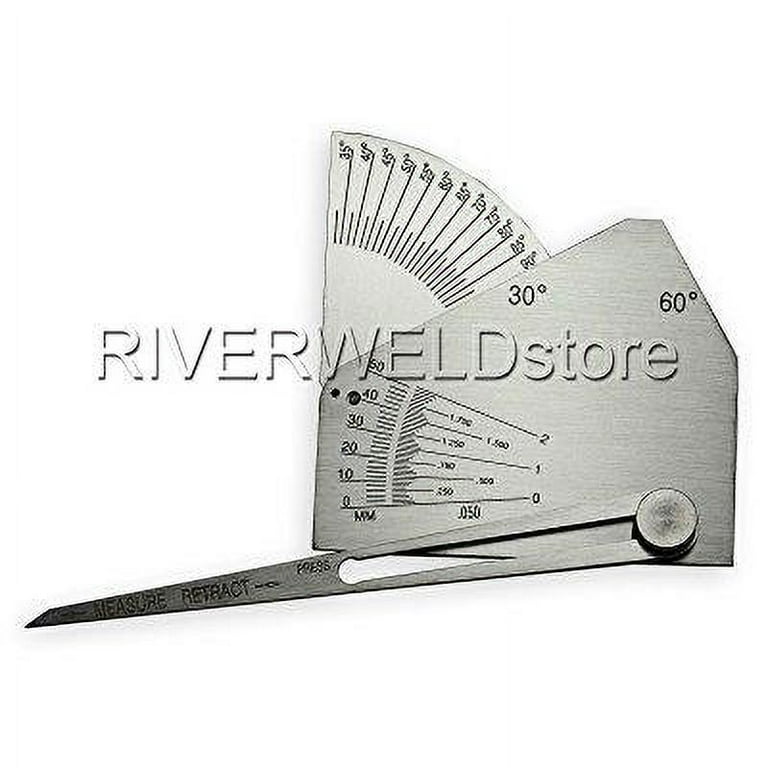Improving Your Welding Skills: Focus on Gauge Fillet Welds
Improving Your Welding Skills: Focus on Gauge Fillet Welds
Blog Article
Fillet Weld Design Techniques: Enhancing Joint Efficiency and Aesthetics for Structural Integrity
In the realm of structural design and construction, the relevance of fillet weld design strategies can not be overemphasized. By diligently thinking about elements such as weld profile optimization, product selection, joint prep work methods, welding process performance, and visual enhancement designers, fabricators and approaches can attain a harmonious equilibrium between performance and appearance in their bonded frameworks.
Weld Profile Optimization


Accomplishing an optimal weld account entails a careful consideration of factors such as material density, joint setup, welding setting, and wanted welding speed. In addition, the choice of proper welding specifications, such as voltage, current, and take a trip speed, is fundamental in regulating the shape and measurements of the fillet weld. Using innovative welding strategies, such as pulse welding or robotic welding, can further improve the weld profile to fulfill certain design demands and quality criteria.
Fundamentally, weld account optimization is an essential facet of fillet weld style that straight affects the total efficiency and reliability of bonded joints in structural applications.
Product Selection Factors To Consider
When thinking about product selection for fillet weld style, the compatibility of the base steels is an essential element affecting the structural stability of the joint. It is vital to pick materials that not only bonded together efficiently yet also have similar mechanical properties to make sure the load is uniformly dispersed in between the weld and the base metals. Welding products with vastly different residential properties can lead to problems such as anxiety focus, premature joint failure, or splitting.
Additionally, the setting in which the welded structure will run must be taken into account when choosing products. Factors like corrosion resistance, temperature variations, and exposure to chemicals can all impact the durability and performance of the weld joint. By selecting products that appropriate for the desired application and setting, the overall resilience and dependability of the bonded joint can be substantially boosted.
Consequently, thorough consideration of material compatibility and environmental elements is vital in making sure the weld joint's toughness, longevity, and total architectural stability.

Joint Prep Work Techniques
Considering the vital function product option plays in ensuring the structural stability of fillet weld joints, it is important to carry out precise joint preparation strategies that enhance the link between the base metals. Joint prep work is a critical step that straight influences the quality and toughness of the weld.
Additionally, tack welding the elements in area before the last click here now weld aids preserve positioning and reduces distortion during the welding procedure. By thoroughly following these joint prep work methods, welders can improve the overall efficiency and appearances of fillet weld joints while making sure architectural strength.
Welding Process Performance
Reliable welding processes are necessary for achieving optimal efficiency and top quality in fillet weld fabrication. Procedures like gas steel arc welding (GMAW) and flux-cored arc welding (FCAW) are commonly utilized for fillet welds due to their convenience and speed.
Normal calibration of welding equipments, examination of consumables, and maintenance of welding lanterns can stop downtime and remodel, eventually conserving time and resources. Well-trained welders are more adept at adjusting parameters, troubleshooting concerns, and keeping regular weld high quality.
Aesthetic Enhancement Methods
To enhance the quality of fillet weld manufacture, carrying out visual enhancement approaches can play a vital function in ensuring accuracy and accuracy during the welding procedure. Aesthetic improvement methods incorporate different strategies focused on improving the look and top quality of fillet welds. One typical approach is the usage of back purging systems to get rid of oxidation on the backside of the weld, resulting in a cleaner, much more aesthetically pleasing coating. Furthermore, using correct lights plans in the welding location can enhance presence, enabling welders to check the weld pool and make certain consistent grain my link development. Visual help such as weld dimension gauges and amplifying lenses can assist in evaluating weld accounts and dimensions precisely. The use of contrasting marking products or short-lived tacking can help in lining up and placing the work surfaces precisely before welding. By integrating these visual improvement approaches right into the welding procedure, welders can achieve not only structurally sound fillet welds however likewise aesthetically enticing outcomes that meet industry standards.

Final Thought
Finally, enhancing fillet weld layout involves cautious factor to consider of weld profile, product option, joint preparation, welding procedure performance, and visual improvement approaches. By applying these strategies, structural stability can be boosted while also accomplishing visual appeal. It is essential to focus on both efficiency and aesthetic appeals in fillet weld layout to ensure the general More hints high quality and durability of the joint.
By thoroughly taking into consideration factors such as weld profile optimization, product choice, joint prep work strategies, welding procedure efficiency, and visual improvement approaches, producers and engineers can attain an unified equilibrium in between capability and look in their bonded frameworks.In the realm of fillet weld style, enhancing the weld profile plays an important function in making certain architectural stability and performance. The weld profile, which includes the size and shape of the weld cross-section, directly influences the circulation of stress and anxiety and load-bearing ability within the joint. It is crucial to pick products that not only weld with each other properly yet likewise possess similar mechanical homes to guarantee the load is equally dispersed between the weld and the base steels - Gauge Fillet Weld.In verdict, enhancing fillet weld design entails mindful consideration of weld profile, product choice, joint preparation, welding procedure effectiveness, and visual improvement techniques
Report this page